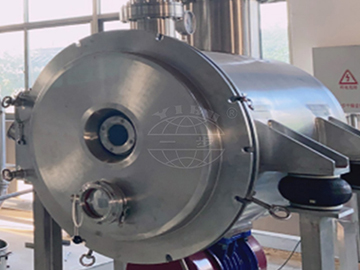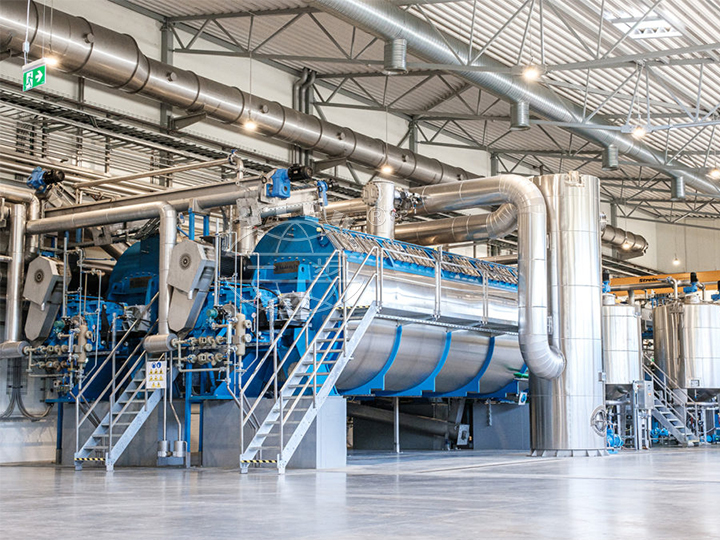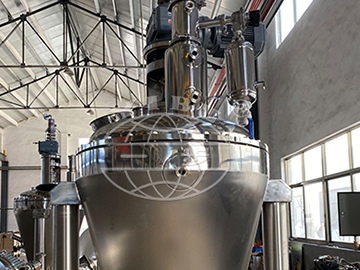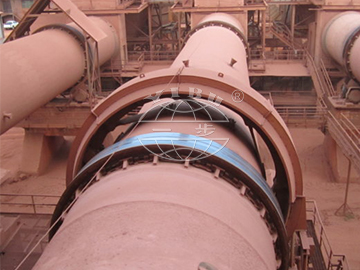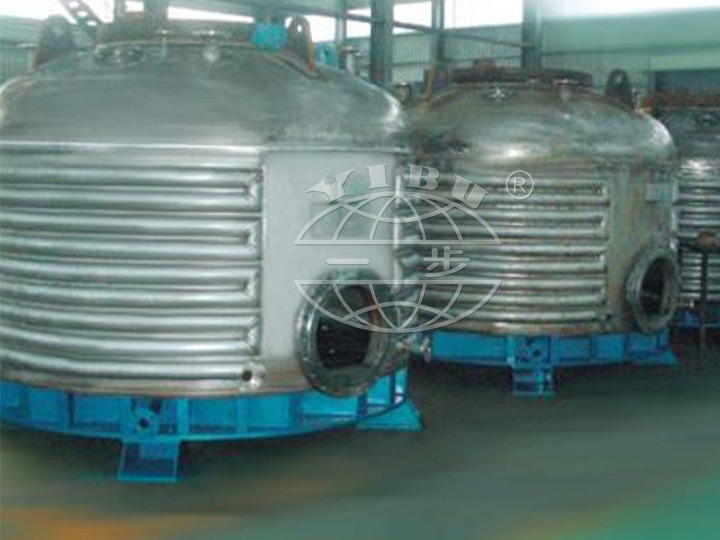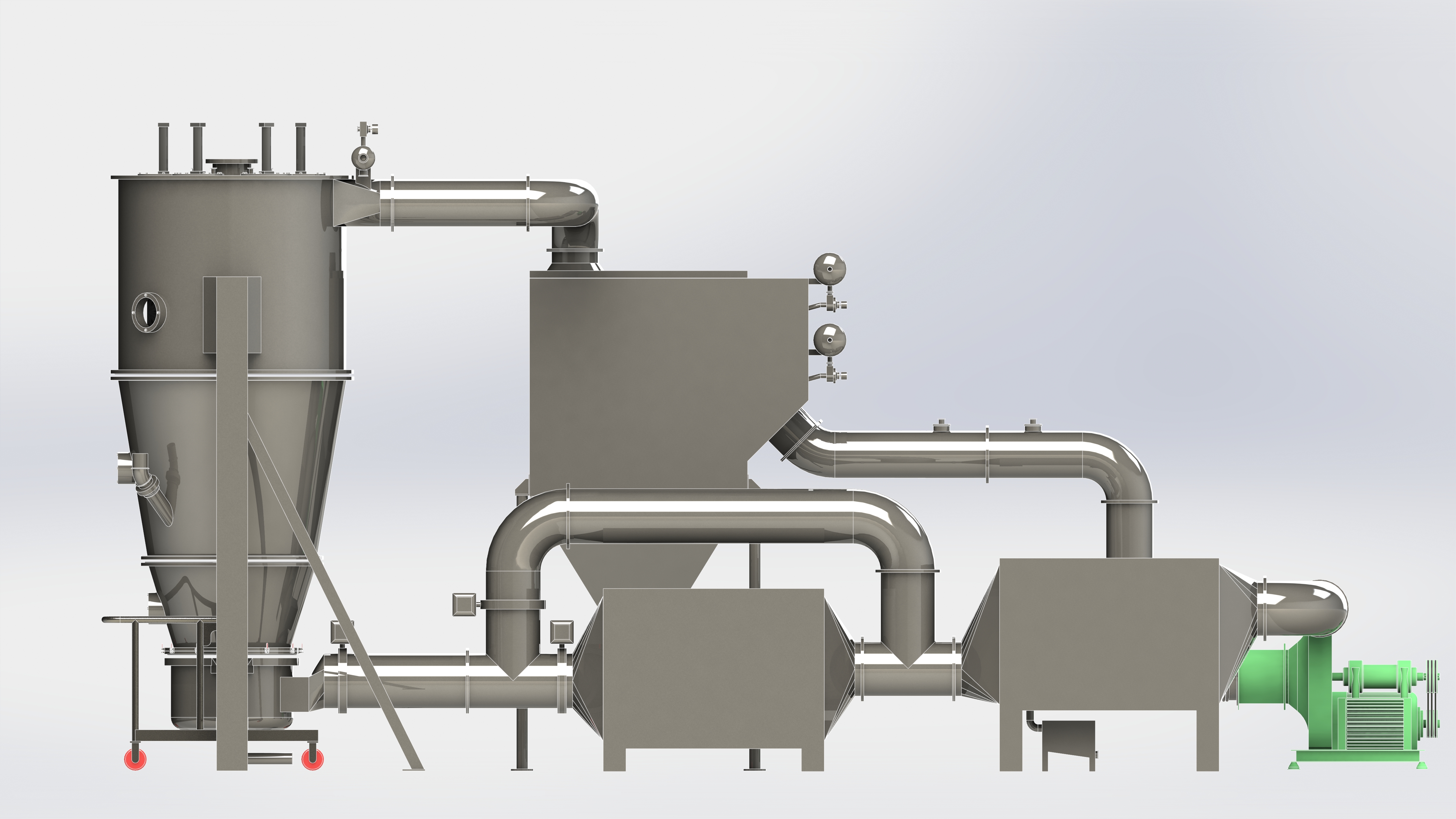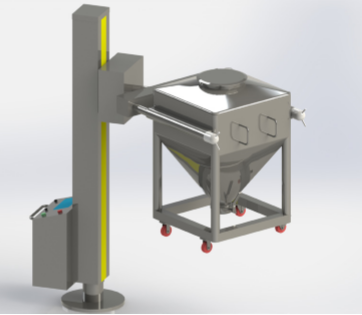Anaerobic sludge granulation(19)
Source: | Date:
2011-07-25
| Hits:
Keywords:
When the bacterium is adhered, colonisation has started. The immobilised cells start to divide within the ECP matrix so that the cells are trapped within the biofilm structure. This results in the formation of microcolonies of identical cells. The granulation process depends on cell division and recruitment of new bacteria from the liquid phase. The granular matrix can also contain trapped extraneous molecules, e.g. precipitates. The organization of the bacteria in the granules can ease the transfer of substrates and products. The arrangement may depend on the local hydrophobicity, local presence of polymers or cell geometry.
Surface tension model(1995): Thaveesri et al. related the adhesion of bacteria involved in anaerobic consortia in UASB reactors to surface thermodynamics.
They found that bacteria can only obtain the maximum possible free energy of adhesion (DGadh) when the liquid surface tension (gLV) is sufficiently low or high, as indicated in Fig.9.In the high gLV region (zone B), low-energy surface types of bacteria (low bacterium surface tension (gBV) or hydrophobic bacteria) can adhere in order to obtain minimal energy, while in the low-gLV region (zone A), high-energy surface types of bacteria(high-gBVor hydrophilic bacteria) exhibit a greater decrease in free energy upon aggregation and thus are selected to compose aggregates. A third zone is arbitrarily defined between gLV values of 50 and 55 mN/m, and in this zone aggregation of neither hydrophobic nor hydrophilic cells is favoured (low DGadhpotential). Daffonchio et al. used the contact angle technique to evaluate the hydrophobicities of mixed cell cultures of bacteria involved in anaerobic digestion. They showed that most acidogens are hydro-philic (contact angle o45) but most of the acetogens and methanogens isolated from granular sludge are hydrophobic (contact angle> 45). Thus, operating a system at a high gLVshould favor aggregation of (rather) hydrophobic bacteria, and operating a system at a low-gLVshould favour aggregation of (rather) hydrophilic bacteria.
News
- 2024-06-08 > Exhibition Invitation |ACHEMA 2024, Germany
- 2019-06-15 > P-MECH CHINA 2019 YIBU BOOTH NO: N3B10a
- 2019-04-15 > YIBU will attend the 57th CIPM Exhibition held in Changsha in Hunan province
- 2018-12-28 > Actived carbon particle mesh belt dryer made for Ingrevity
- 2018-03-10 > big spin flash dryer and spray dryer delivery to pakistan and Italy customer on time
- 2017-12-29 > two sets high speed centrifugal spray dryers and three sets of drum dryre delivered to Indonesia
- 2017-08-24 > one set of LPG-100 spray dryer is delivered to America
- 2017-08-24 > Five layers mesh belt dryer is sucessfully delivered to Manila(Philippines)
- 2017-04-05 > Exhibition interpack 2017 in Dusseldorf In Germany
- 2016-11-23 > The 18th International Exhibition in Moscow
Products

